Should You Just Paint Cabinet Fronts
ane / 20
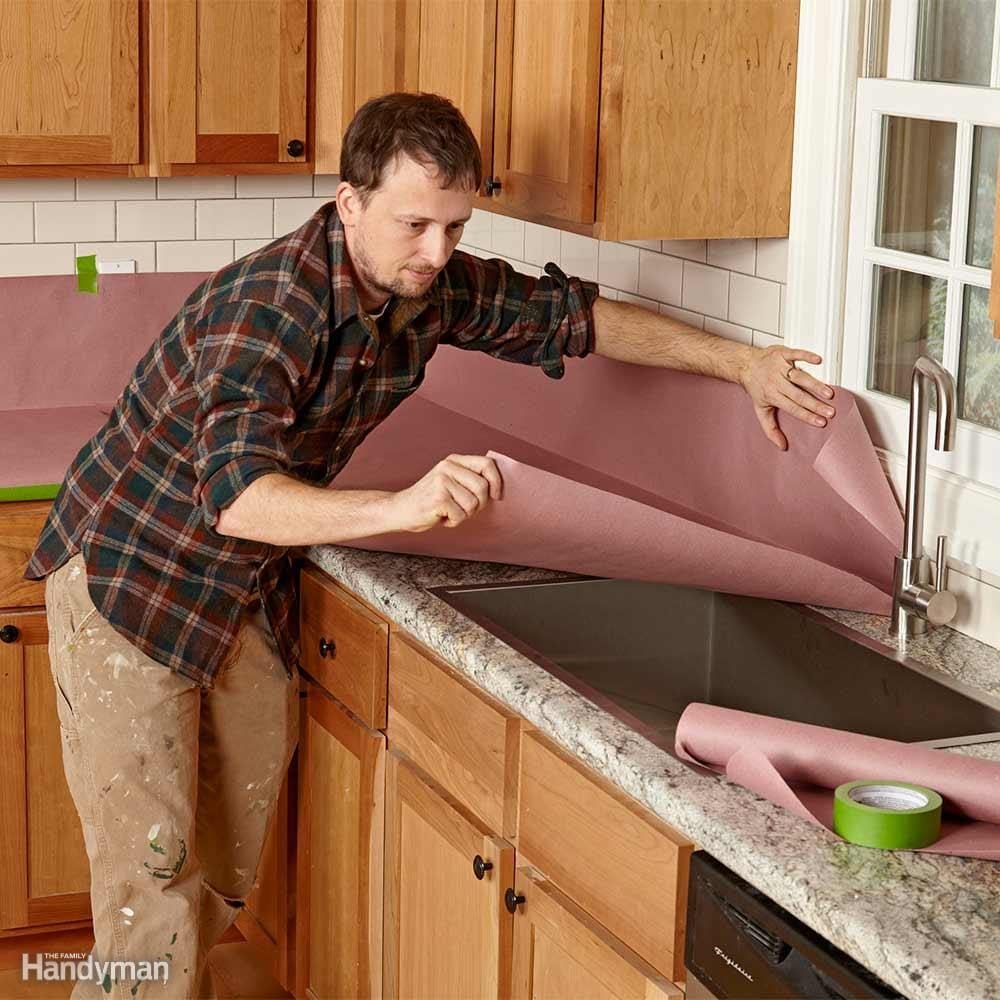
Protect Countertops With Rosin Paper
Painting cabinets is a messy job, and the last thing yous want is paint all over your countertops as you learn how to pigment kitchen cabinets. An like shooting fish in a barrel way to protect your countertops, backsplash and flooring is to comprehend them with inexpensive rosin or brown builder's paper.
A common curl size is 35-in.-wide by 140-ft.-long. When you're done in the kitchen, you'll have plenty of paper left for hereafter painting projects afterward yous detect the all-time paint for kitchen cabinets.
three / 20
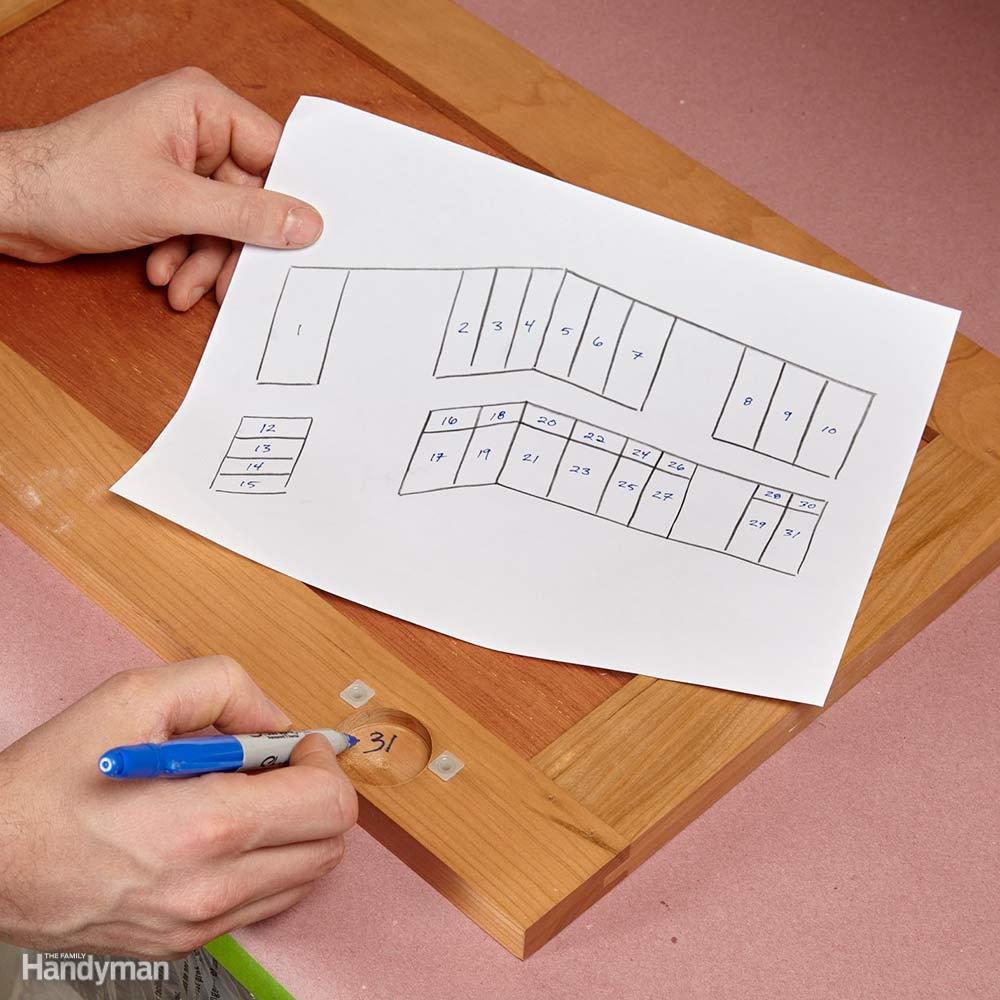
Label Doors
Starting time by making a quick sketch or two showing all the doors and drawers as you learn how to paint kitchen cabinets. Number them notwithstanding you want.
Then label the doors and drawers with the corresponding number when you remove them. Write under the swivel locations where it won't exist visible. Then embrace the numbers with masking record to protect them while you're painting.
4 / xx
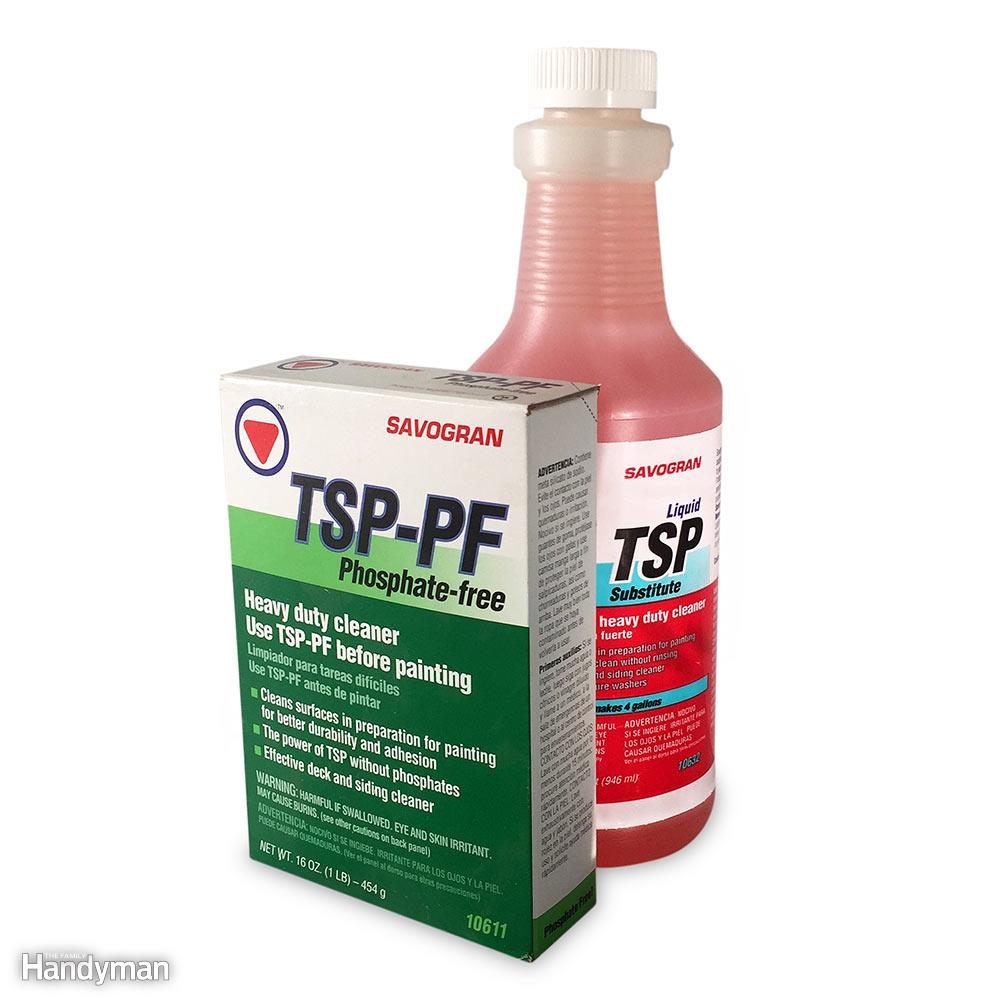
Go the Grease Off
Fifty-fifty the best pigment for kitchen cabinets won't stick to greasy cabinets. So the offset critical step in preparing how to paint kitchen cabinets is to make clean them with a grease-cutting solution. Dishwashing liquid will work, but a dedicated grease remover like TSP substitute is even better.
Mix according to the instructions and scrub the cabinets. Then rinse them with clear h2o and wipe them dry with a clean rag.
v / 20
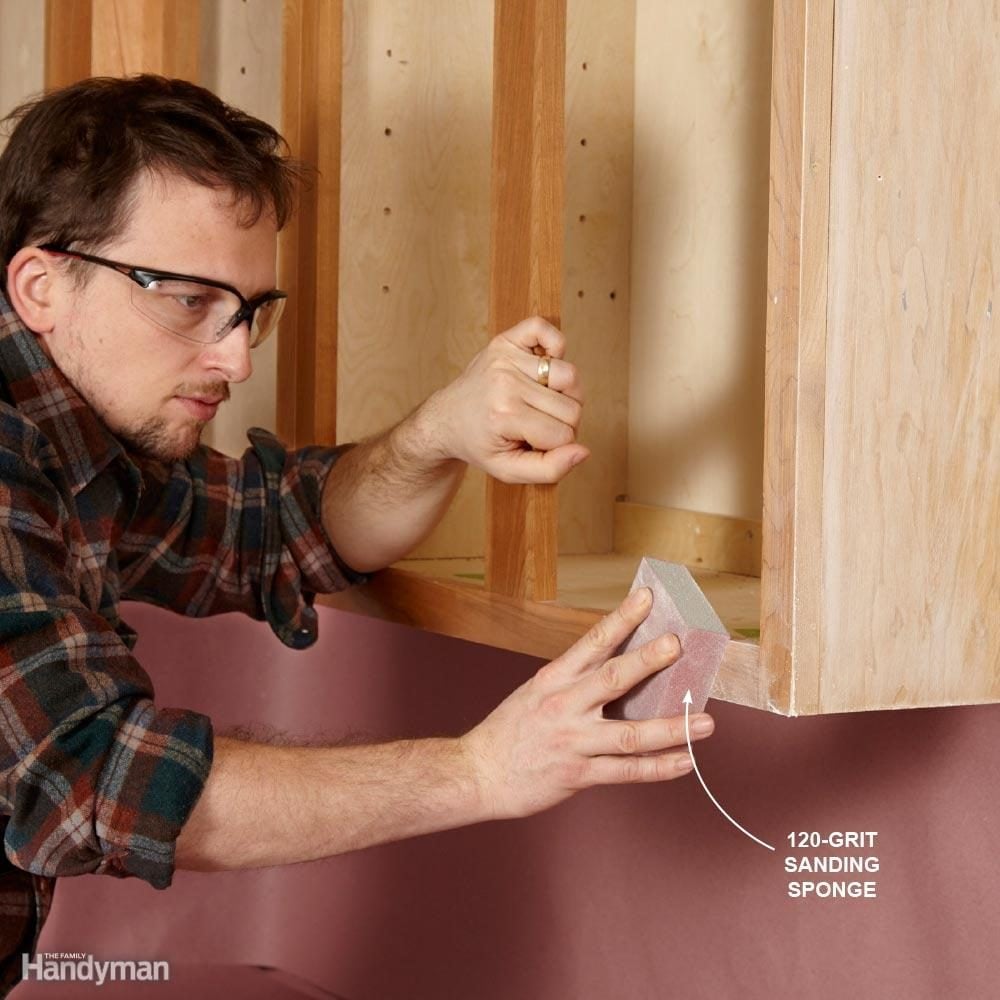
Don't Get Overboard on Sanding
You should sand cabinets earlier outset your how to paint kitchen chiffonier projection to give the new paint a skillful surface to grip. But you don't need to sand to bare wood.
If your cabinets have a factory finish, sand lightly with 120-grit sandpaper or a sanding sponge. If the surface is rough from a previous pigment job or poor varnishing job, start with coarser 100-grit paper to remove bumps. Then sand again with 120-dust to get rid of whatsoever sanding marks.
6 / 20
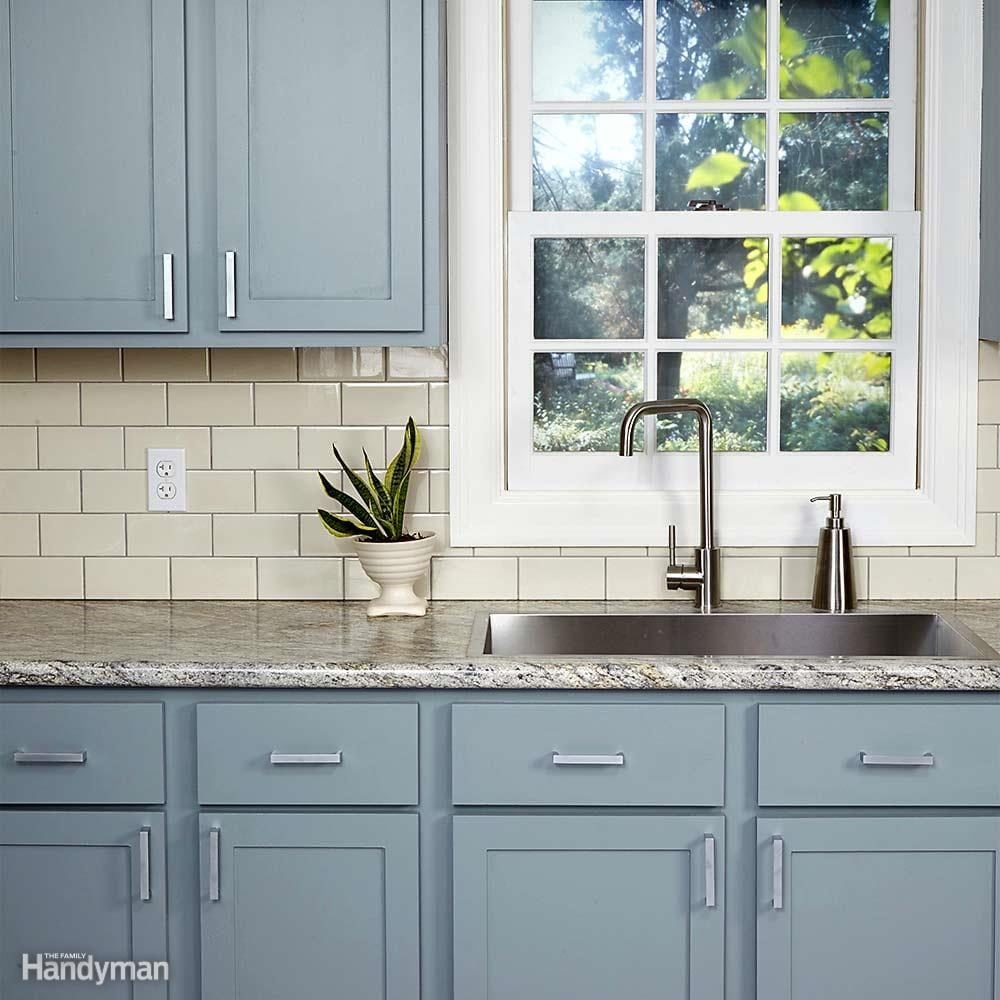
Choose a Fast-Drying Primer
Want to speed upward the project? Choose a fast-drying primer for the commencement coat. Read the label for information on recoating time and to make sure the primer is compatible with the paint you're planning to utilize.
Pro Tip: Use an enamel underbody primer. Water-based paint has come a long style, and some top-quality acrylic alkyd hybrids rival oil-based paint. Notwithstanding, many pro painters prefer oil-based paint, especially for priming.
Oil-based pigment dries slowly and levels well. This gives you more working time and fewer brush marks. Also, when they're dry out, oil-based primers like Benjamin Moore Fresh Get-go Enamel Underbody sand hands providing a perfect base for your finish glaze.
vii / 20
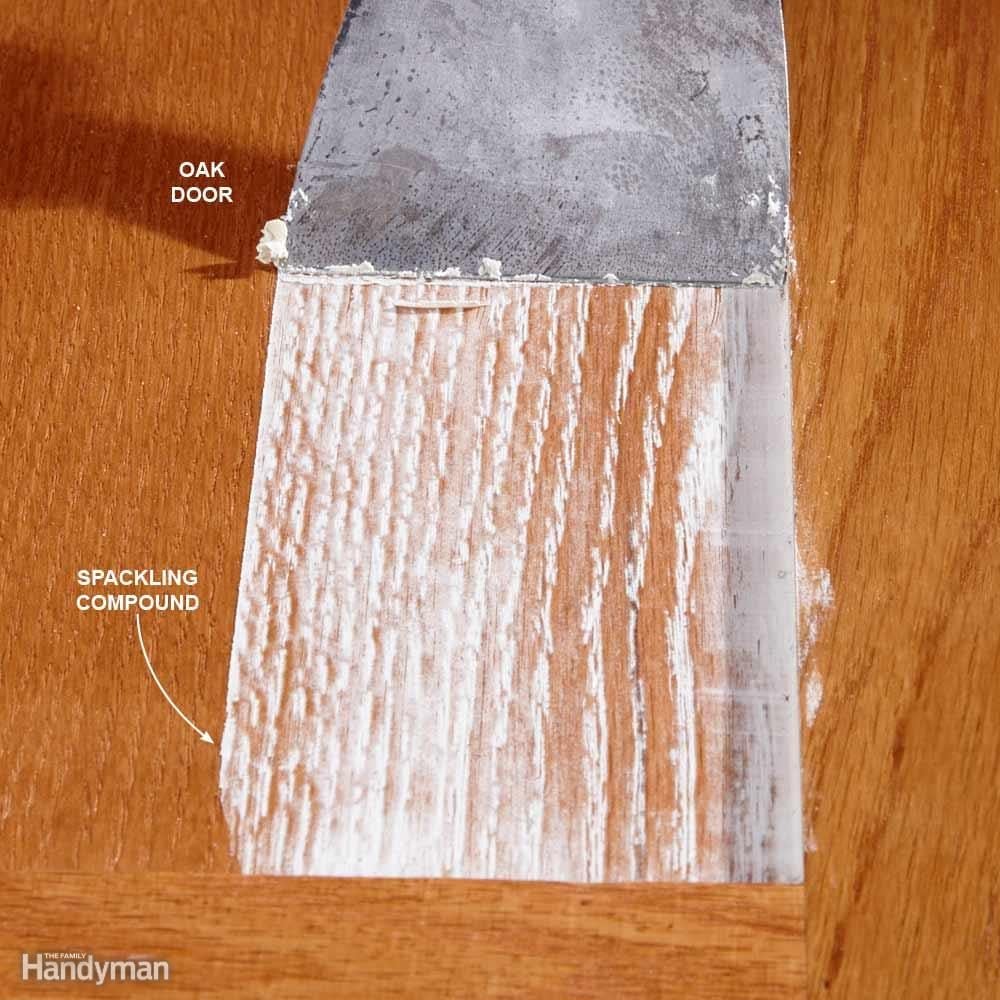
Consider Filling Open Grain
Some types of wood have grain with many open up pores. Oak is a good instance. The pores show through finishes and are particularly noticeable under paint. Information technology's OK to leave the grain showing, but if you desire a smooth, grain-complimentary look, you'll have to fill the pores before painting.
In that location are a few methods. You lot can use several coats of a high-build primer, sanding between coats until the pores are filled. Or you tin fill the grain with spackling as shown hither. If your cabinets take a lot of curves and molded edges, filling with spackling is more difficult. When the filler dries, sand and prime as usual to finish the task.
8 / 20
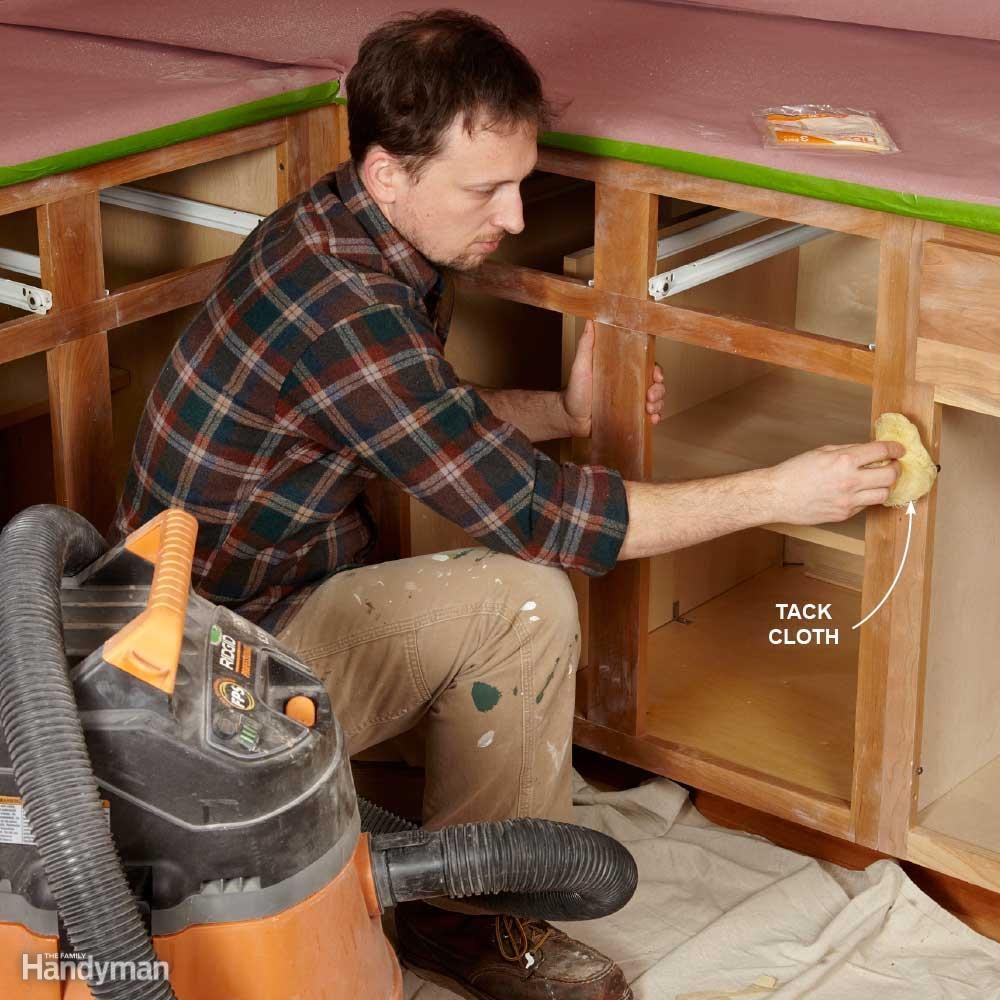
Vacuum, Then Use a Tack Cloth
To ensure a smooth pigment job and good adhesion, it's critical that you remove all the sanding dust from the doors, drawer fronts and cabinet frames. Offset by vacuuming everything using a soft bristle brush attachment. This removes loose dust, but you notwithstanding need to get rid of the residue.
The traditional painter's method is to use tack cloths. To employ a tack cloth, completely unfold information technology and loosely bunch information technology upward. Wipe information technology gently over the surface to pick upwardly dust. Milk shake it out frequently and re-form the bundle to use it once more. When the fabric has lost its dust-grabbing power, throw it away and become a new ane.
9 / 20
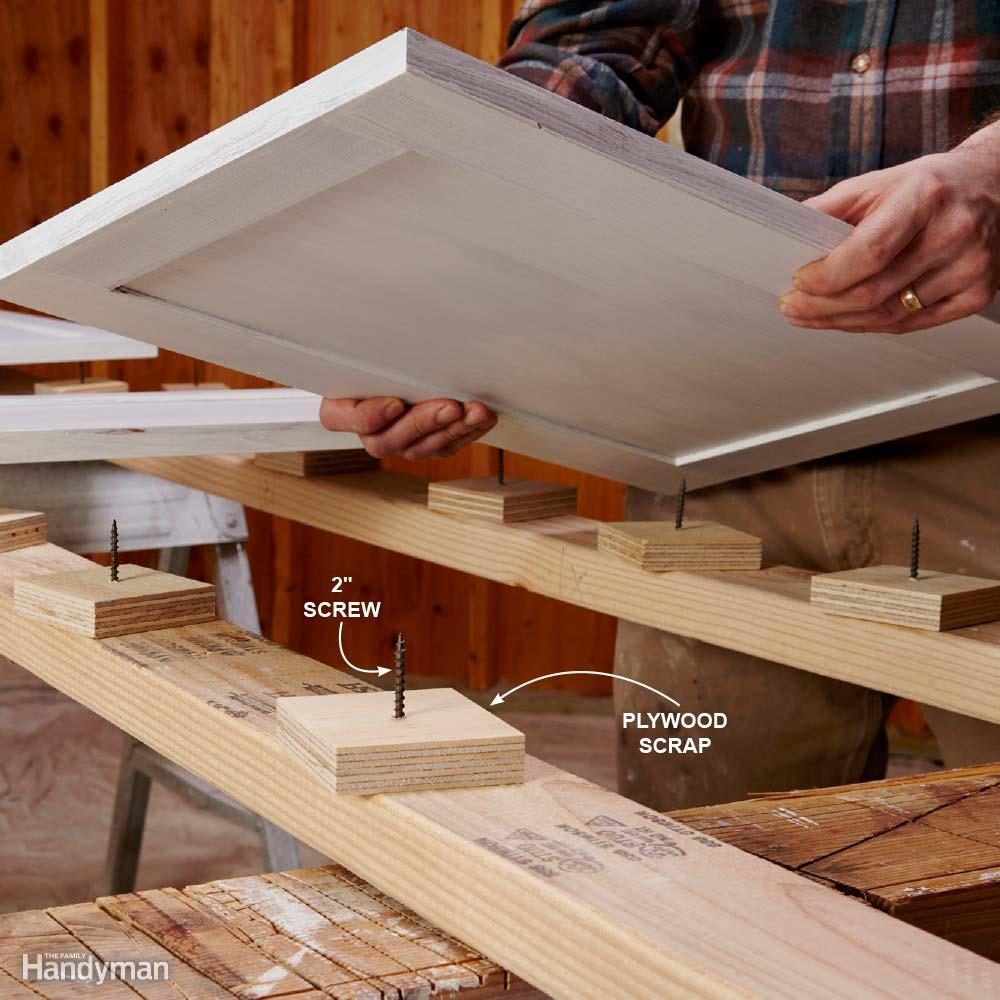
Support Doors on Standoffs
You can purchase plastic painter's pyramids, which work great for supporting doors while you paint them. Or you can make your own standoffs past driving 2-in. screws through 3-in. square scraps of plywood. If you lot don't listen a few barely visible dimples on the back of your doors, yous can pigment both sides of a door at once using standoffs.
Hither's how to get started painting your kitchen cabinets. Paint the dorsum first, leaving the edges unpainted so you'll take a spot to put your fingers when you plow the door over. Paint the back. Then flip the door over and residue it on the screw tips.
Now you lot tin paint the door edges and forepart, so let the door dry. If you lot look difficult, you tin can spot tiny indentations where the screws contact the wet paint, only they're camouflaged.
ten / twenty
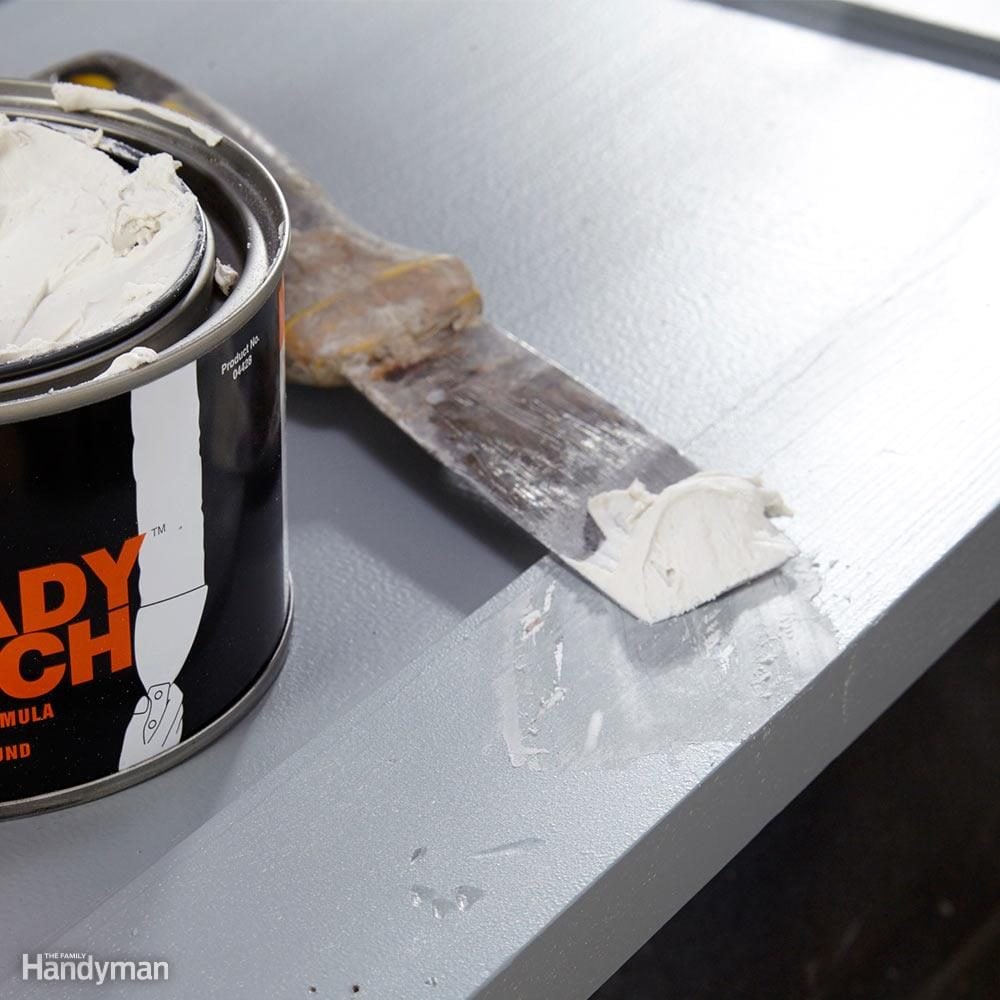
Double-Cheque for Defects After Priming
The first paint-prep stride later cleaning grease from cabinets is ordinarily filling unwanted holes, dents and dings with spackling or wood filler. After sanding, getting rid of grit and priming the cabinets, information technology's a proficient idea to bank check everything with a bright light to spot and fill any remaining holes or dents. Information technology's normally easier to spot these issues later priming.
We adopt filling with an oil-based spackling compound similar MH Set Patch considering it sticks well and dries hard for a durable repair. But other fillers volition likewise piece of work. The downside of this additional round of spackling is that y'all'll have to reprime the patched areas.
xi / xx
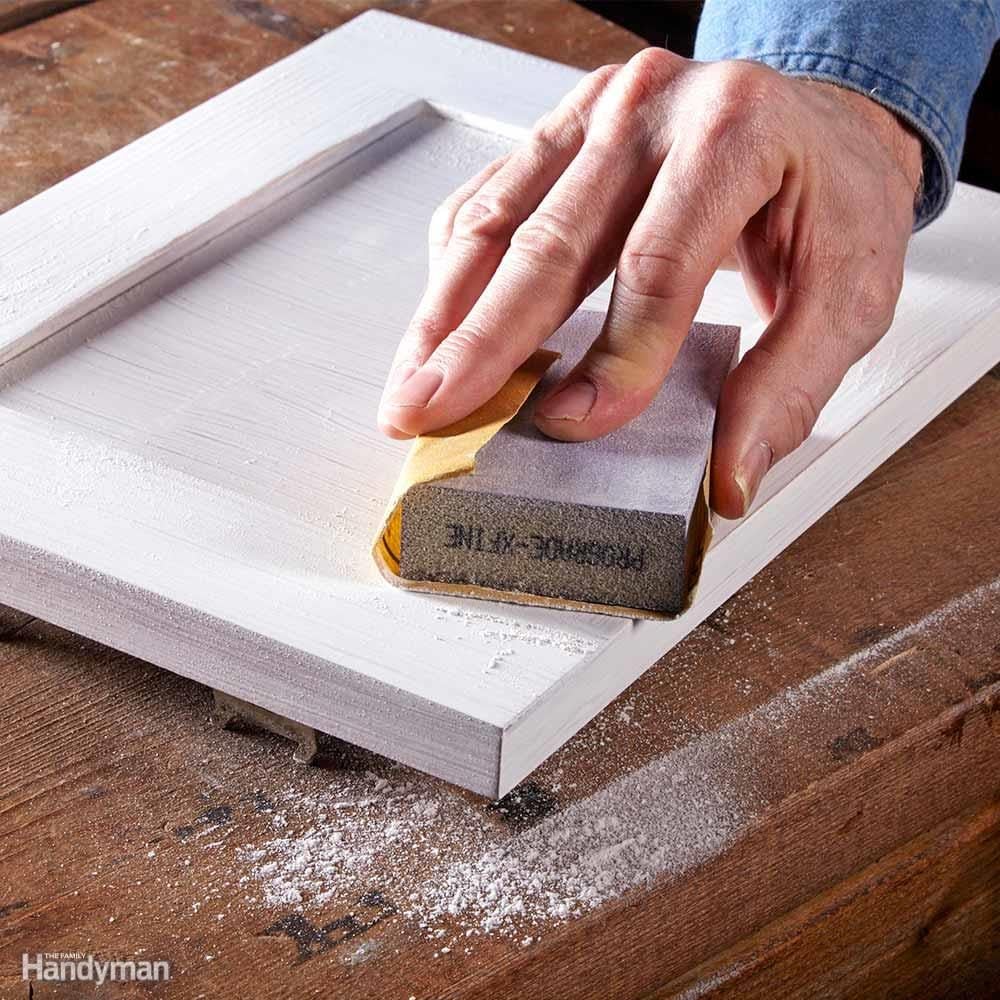
Sand Lightly Betwixt Coats
Dust tin settle in the paint or primer as it dries. For the smoothest last coat, sand between coats of primer or paint with 220-grit sandpaper or an extra-fine sanding sponge. Then vacuum and tack as usual earlier recoating.
12 / 20
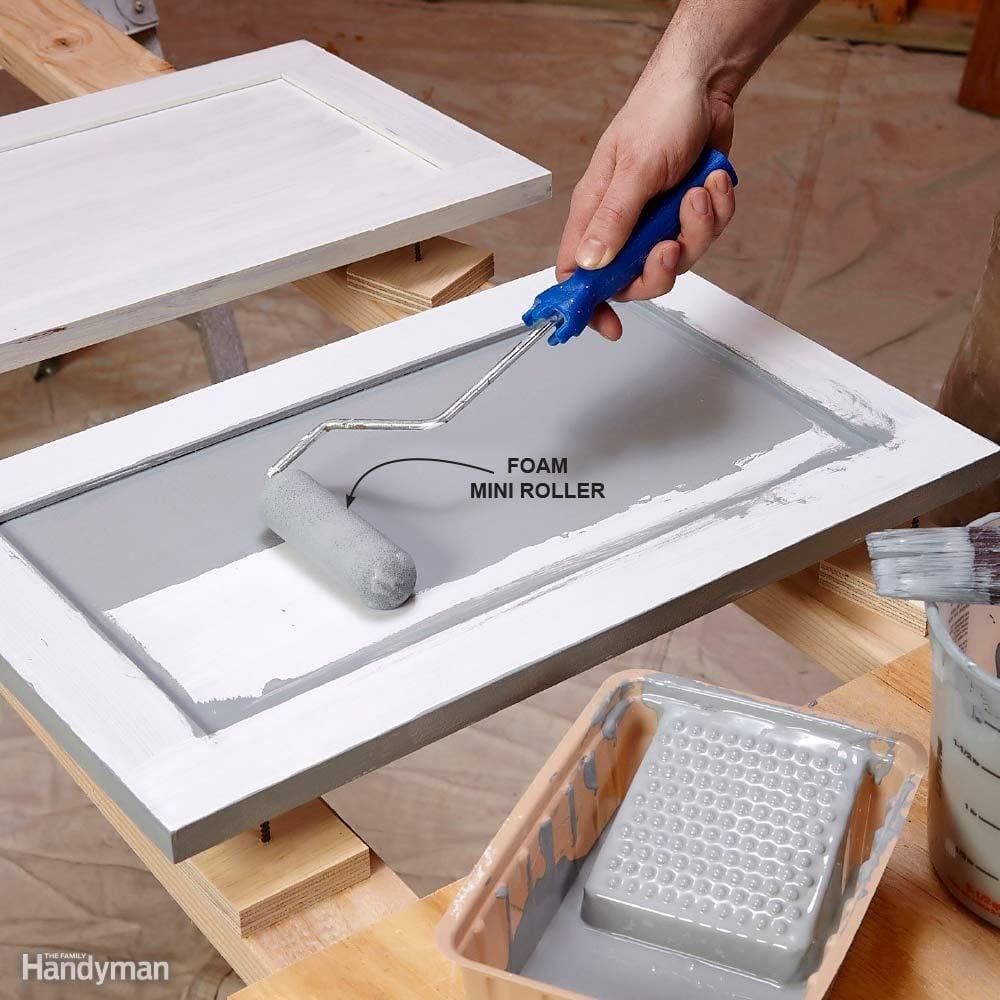
Painting Tools and Techniques: The Basics
Paint with a mini roller: A good painter tin work wonders with a brush, but for about of us a mini roller is a peachy culling when painting kitchen cabinets. Y'all'll detect mini roller frames and sleeves at home centers and paint stores.
Type of mini roller: In that location are many roller sleeves available, but when learning how to paint cabinets, mohair, microfiber or cream sleeves are good choices. Foam sleeves will leave the smoothest cease, but they don't concur much paint, so you'll be reloading frequently. Experiment on the inside of doors to come across which sleeve works best with your paint.
Follow the wood grain: If you lot're painting frame-and-panel chiffonier doors, follow the direction of the forest grain with your finishing brushstrokes. The vertical stiles should receive the last brush strokes running from top to bottom.
Ringlet, and so brush: If you're old-school and still like to paint with a brush, you can speed things upwards by first applying the paint with a mini roller. Coil on the paint. Then drag paintbrush bristles lightly over the surface to even out the coat and eliminate roller marks.
13 / 20
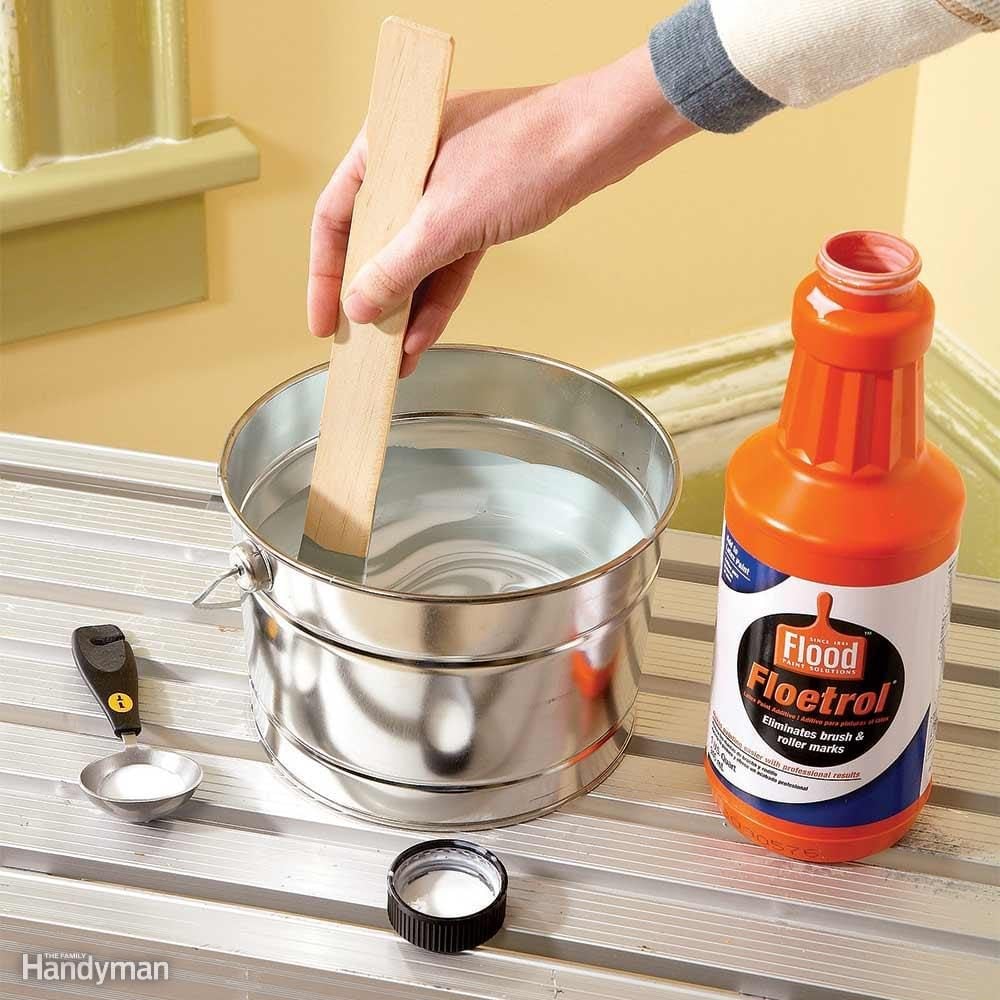
How to Choose the Correct Paint for Kitchen Cabinets
Read the label and choose a paint that's formulated for painting woodwork and cabinets. And recall, glossier surfaces highlight imperfections, so unless you're a very meticulous painter, consider an eggshell or a satin sheen.
If your pigment seems besides thick and isn't leveling out after it'due south practical, try mixing in a paint conditioner like Floetrol. Read the instructions for the correct proportion of conditioner to paint. Conditioned paint is often easier to employ and dries to a smoother finish.
15 / 20
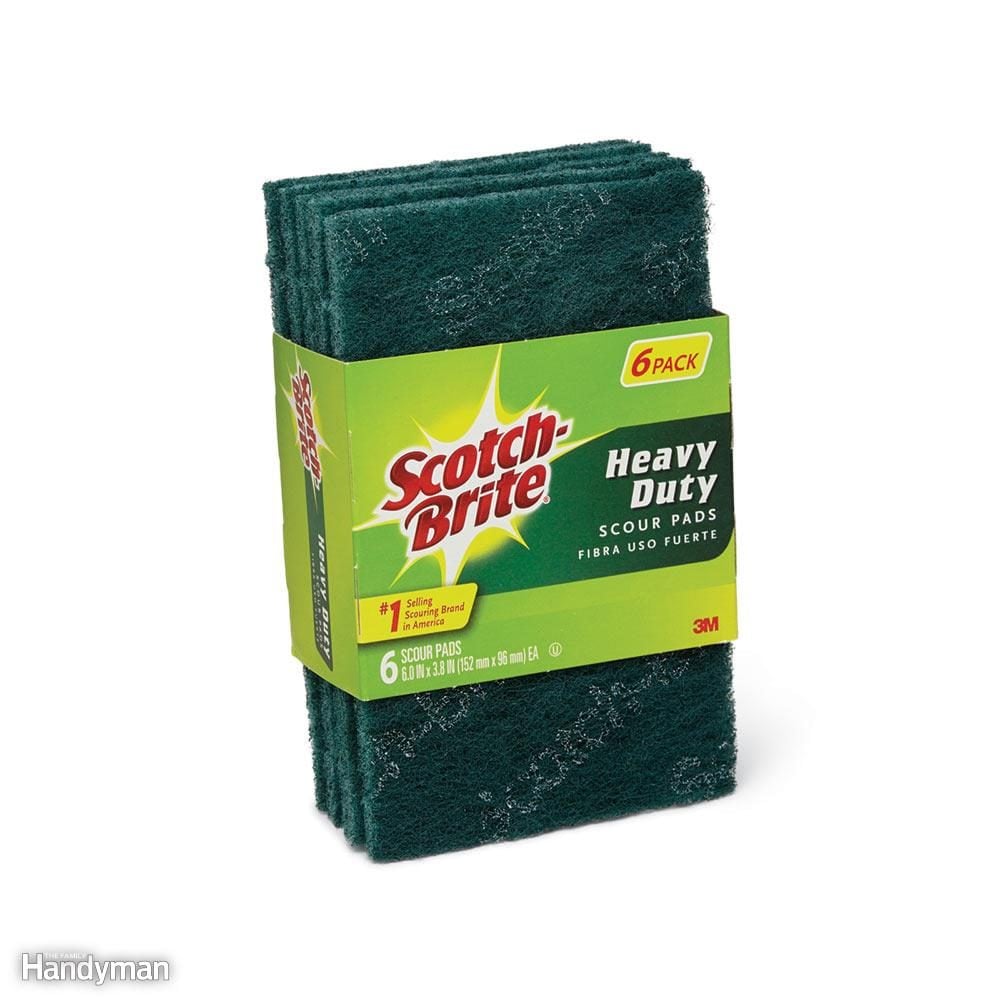
Scuff Up Profiles With a Pad
When you're sanding a smooth terminate to provide a meliorate surface for paint, apply a green abrasive pad to sand the molded profiles. Sandpaper doesn't conform well enough to get into all of the intricate spots.
16 / 20
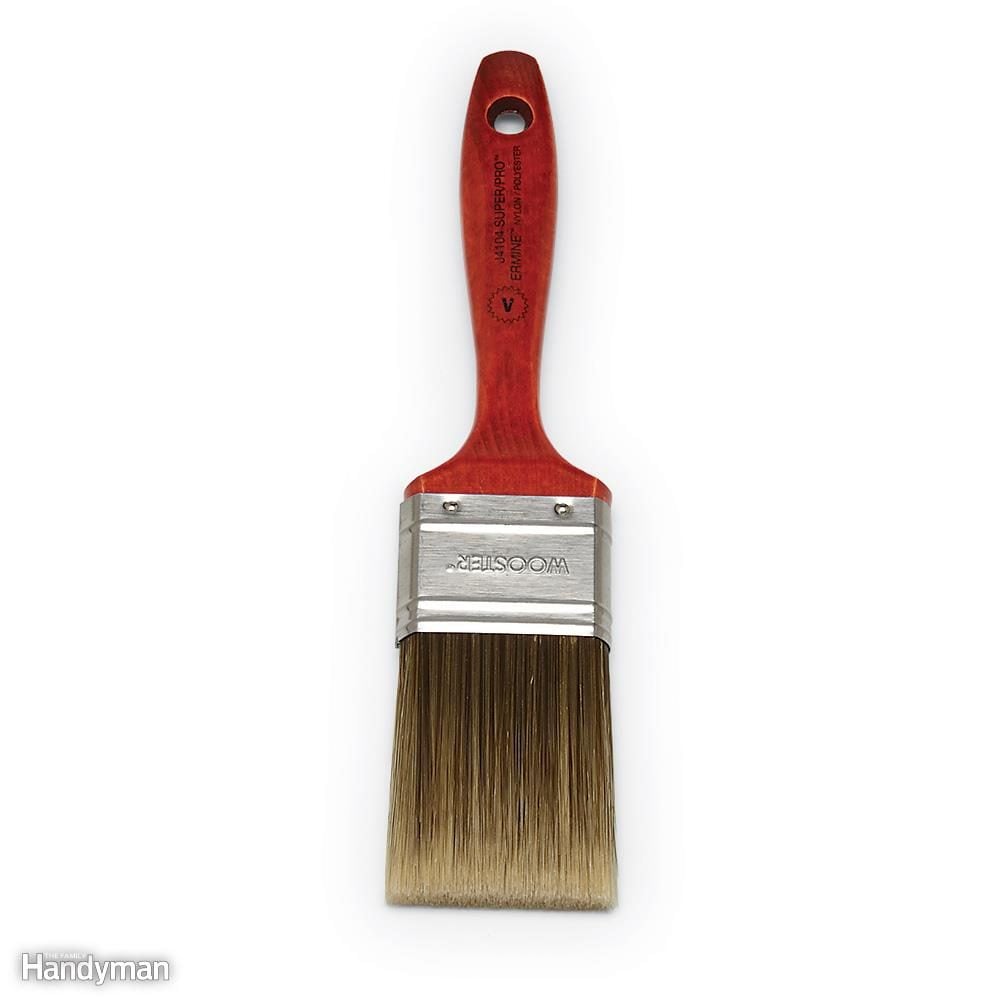
Buy a Top-Quality Castor
If you make up one's mind to paint with a brush, splurge on a proficient one. For cabinets, a ii-in. brush like the i shown here is just nearly perfect. Keep information technology make clean and it volition last for many paint jobs. Paint stores normally offer the widest choice and the all-time advice.
Pro Tip: Dampen your brush. It's easier to clean your castor if you dampen information technology with water (for water-based paints) earlier you start painting.
17 / 20
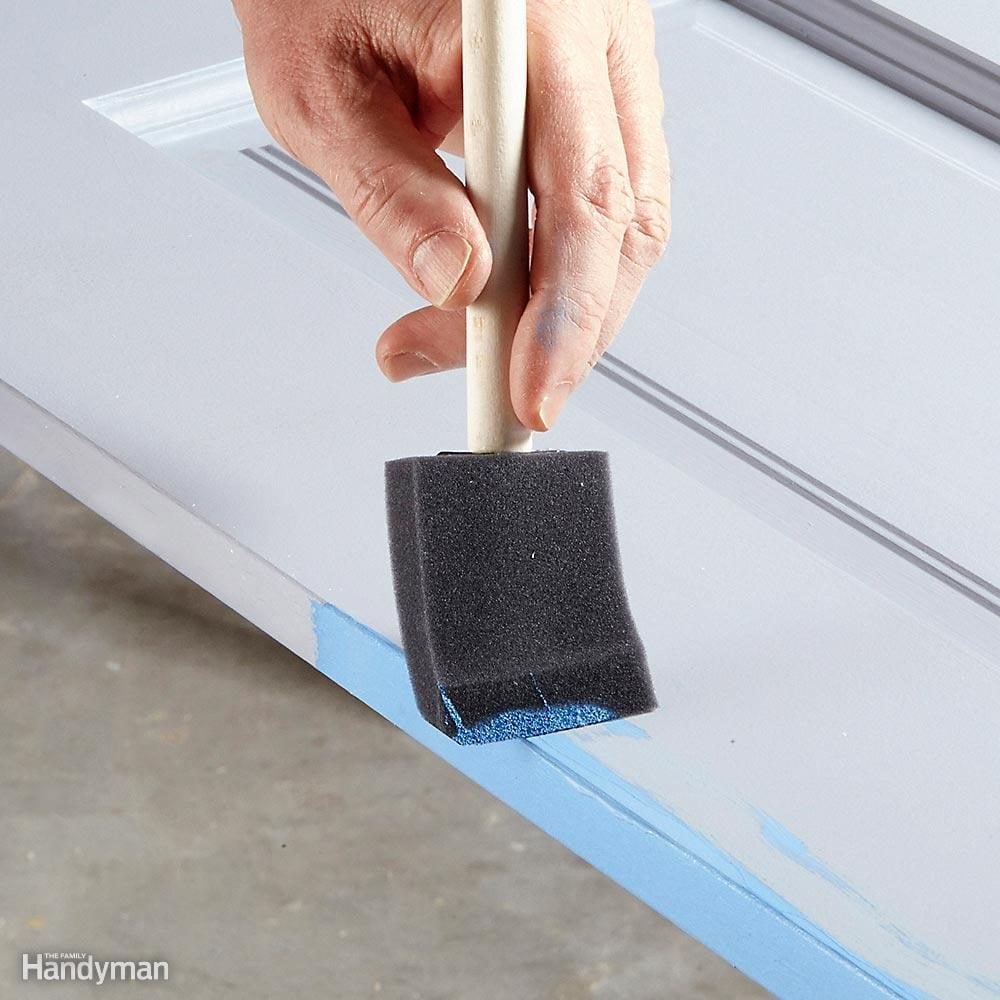
Wipe the Edges
When yous're painting the border of a cabinet door, it's piece of cake to use too much paint and create a buildup along the edge. To avoid a dried ridge of paint forth the door edge, smooth out whatsoever paint that's lapped over onto the adjoining surface with a paintbrush or small sponge brush of your painted kitchen cabinets.
eighteen / 20
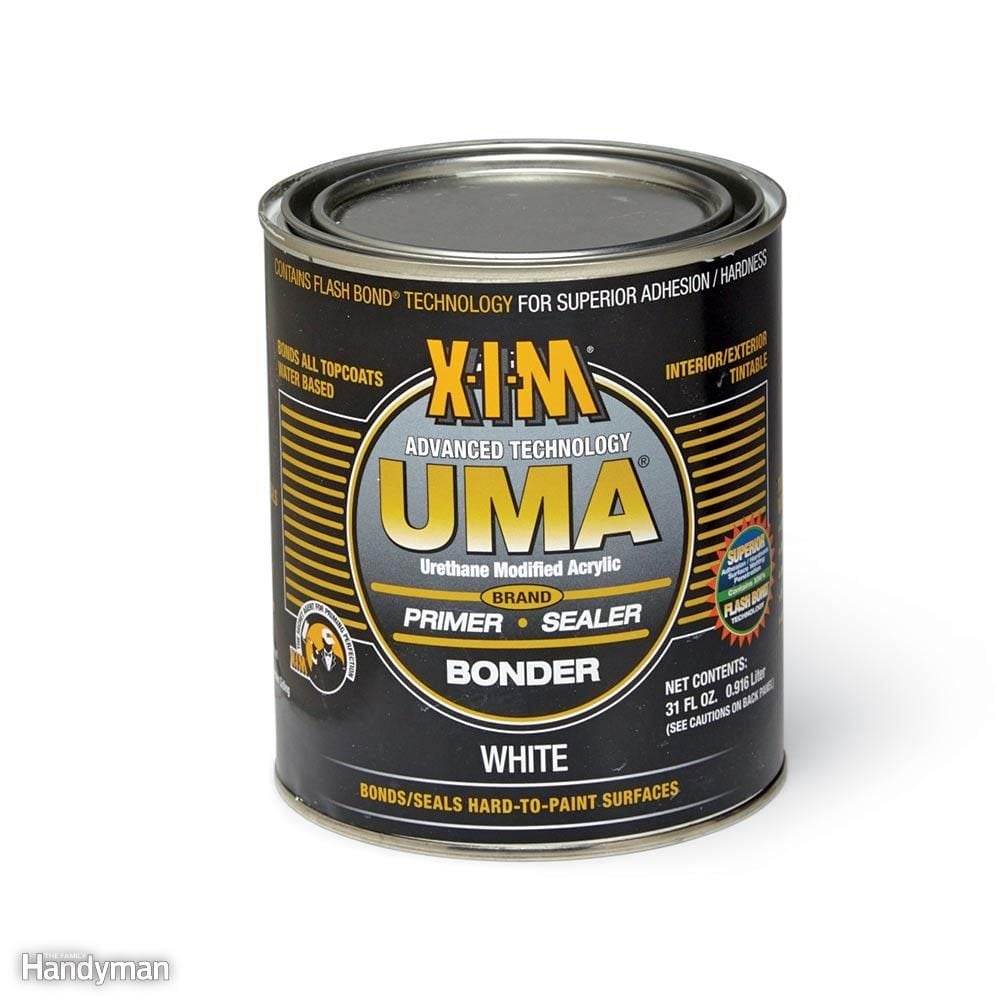
Worried About Adhesion? Effort Acrylic Urethane
Acrylic urethane has many backdrop that make information technology a perfect primer for cabinets. First, it sticks tenaciously to almost whatsoever surface. You lot could even pigment over plastic laminate cabinets with acrylic urethane.
Acrylic urethane also cures to a very hard and durable terminate. You can utilise acrylic urethane primer and comprehend it with your choice of pigment. Or you tin can use acrylic urethane pigment as the concluding coat likewise.
19 / 20
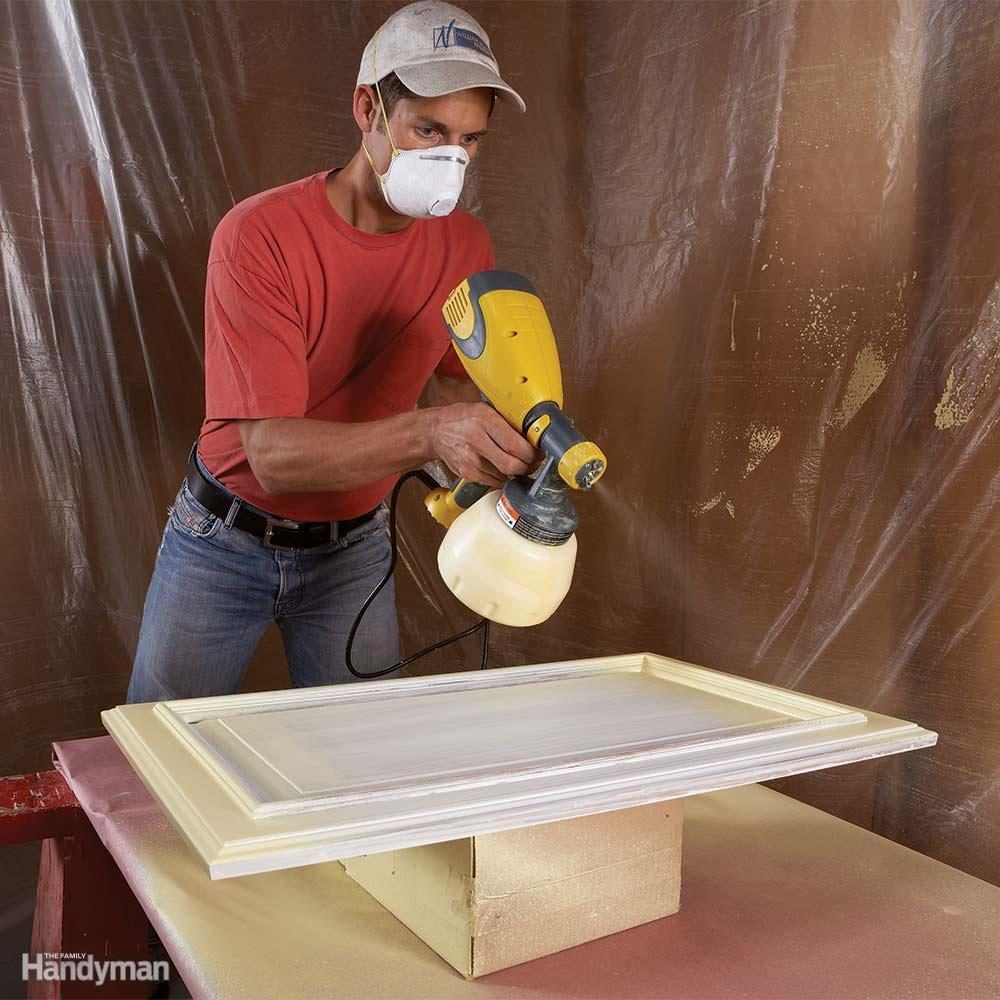
Consider Spray-Painting the Doors
With a niggling do and a practiced sprayer, you tin achieve manufacturing plant-terminate quality by spraying your doors. A pro-quality airless sprayer will work best to spray unthinned water-based finishes. But you can also get great results with a high-volume, depression-pressure (HVLP) sprayer.
Simply exist sure to thin the pigment according to the instructions and use several sparse coats rather than ane thick i.
20 / 20
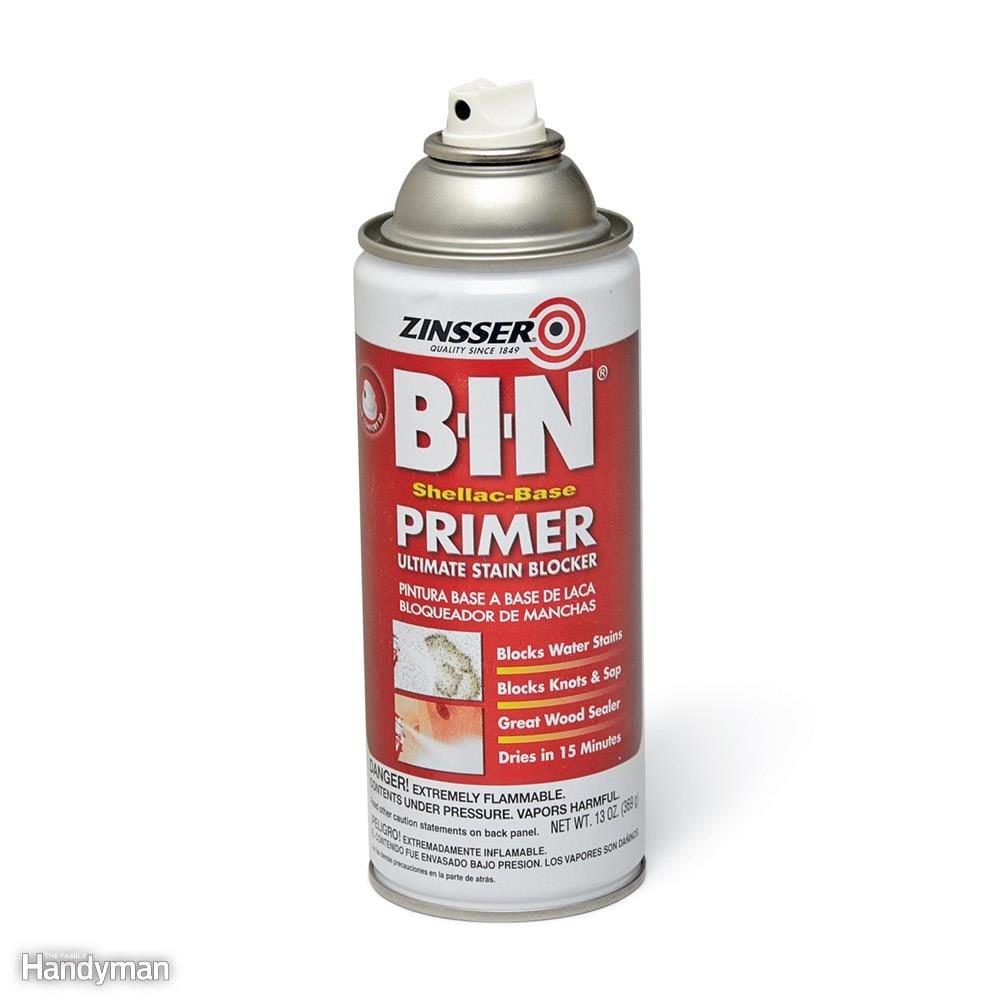
Spot-Prime With Shellac
Pigmented shellac in a spray can (BIN is one brand) is perfect for spot-priming areas you may have missed or areas yous have patched and sanded. Shellac sticks well to near finishes, dries rapidly and covers well.
Up side by side, cheque out these genius painting hacks.
Originally Published: Feb 10, 2021
Source: https://www.familyhandyman.com/list/surprising-tips-for-painting-kitchen-cabinets/
Posted by: hongwiced1943.blogspot.com

0 Response to "Should You Just Paint Cabinet Fronts"
Post a Comment